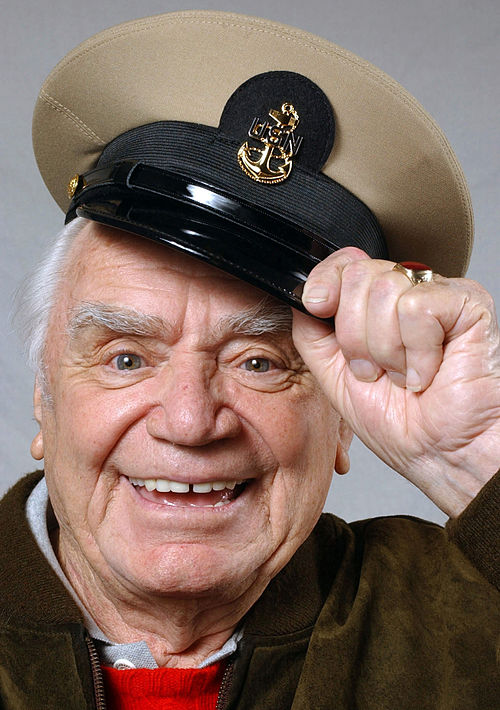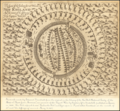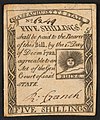Portal:New England
The New England Portal New England is a region comprising six states in the Northeastern United States: Connecticut, Maine, Massachusetts, New Hampshire, Rhode Island, and Vermont. It is bordered by the state of New York to the west and by the Canadian provinces of New Brunswick to the northeast and Quebec to the north. The Gulf of Maine and Atlantic Ocean are to the east and southeast, and Long Island Sound is to the southwest. Boston is New England's largest city and the capital of Massachusetts. Greater Boston is the largest metropolitan area, with nearly a third of New England's population; this area includes Worcester, Massachusetts, the second-largest city in New England, Manchester, New Hampshire, the largest city in New Hampshire, and Providence, Rhode Island, the capital of and largest city in Rhode Island. In 1620, the Pilgrims established Plymouth Colony, the second successful settlement in British America after the Jamestown Settlement in Virginia, founded in 1607. Ten years later, Puritans established Massachusetts Bay Colony north of Plymouth Colony. Over the next 126 years, people in the region fought in four French and Indian Wars until the English colonists and their Iroquois allies defeated the French and their Algonquian allies. (Full article...) Selected article
USS Connecticut was the lead ship of the six Connecticut-class battleships. Due to the Royal Navy's commissioning of HMS Dreadnought seven months earlier, Connecticut was obsolete before she was commissioned; thus, she was the last lead ship of any class of pre-dreadnought battleship commissioned by the United States Navy. Connecticut served as a flagship for the Jamestown Exposition, which commemorated the 300th anniversary of the founding of the Jamestown colony. She later sailed with the Great White Fleet on a circumnavigation of the Earth to showcase the United States Navy's growing fleet of blue-water-capable ships. After the Great White Fleet returned to the U.S. on 22 February 1909, Connecticut participated in several flag-waving exercises intended to protect American citizens abroad until she was pressed into service as a troop transport at the end of World War I to expedite the return of American Expeditionary Forces from France. For the remainder of her career, Connecticut sailed to various places in both the Atlantic and Pacific while training newer recruits to the Navy. However, the provisions of the 1922 Washington Naval Treaty stipulated that many of the older battleships, Connecticut among them, would have to be disposed of, so she was decommissioned on 1 March 1922 and sold for scrap on 1 November 1923. (Full article...)
Selected biography
Samuel Adams was a Massachusetts statesman, politician, writer, and political philosopher, and one of the Founding Fathers of the United States. Adams was instrumental in garnering the support of the colonies in rebellion against Great Britain, ultimately resulting in the American Revolution. He was also one of the key architects of the principles of American republicanism that shaped American political culture. Adams organized protests against the British, including the Boston Tea Party in 1773, and participated in the Continental Congress. He also advocated for the adoption of the Declaration of Independence at the Second Continental Congress. Following the American Revolution, Adams helped draft the Articles of Confederation. After the war ended, he ran for the House of Representatives in the 1st United States Congressional election, but was unsuccessful in his bid. He was elected Lieutenant Governor of Massachusetts in 1789 and after John Hancock's death in 1793, Adams served as the acting governor, until he was elected governor in January of the following year. He served in that position until June 1797 when he decided to retire from politics. (Full article...)
Selected picture Credit: Mark D. Faram, USN (2004) Connecticut native Ernest Borgnine upon the honorary promotion to Chief Petty Officer
General images -The following are images from various New England-related articles on Wikipedia.
Did you know (auto-generated)
Related portalsMore did you know...
Selected State
Vermont
Incorporated 1791 Co-ordinates 44°N 72.7°W Vermont is the 6th least extensive and the 2nd least populous of the 50 United States. It is the only New England state not bordering the Atlantic Ocean. Lake Champlain forms half of Vermont's western border, which it shares with the state of New York. Originally inhabited by two major Native American tribes, much of the territory that is now Vermont was claimed by France during its early colonial period. France ceded the territory to the Kingdom of Great Britain after being defeated in 1763 in the French and Indian War. For many years, the nearby colonies, especially New Hampshire and New York, disputed control of the area. Settlers who held land titles granted by these colonies were opposed by the Green Mountain Boys militia, which eventually prevailed in creating an independent state, the Vermont Republic. Founded in 1777 during the Revolutionary War, the republic lasted for fourteen years. Vermont is one of seventeen U.S. states (along with Texas, Hawaii, the brief Republic of West Florida, and each of the original Thirteen Colonies) to have had a sovereign government in the past. In 1791, Vermont joined the United States as the 14th state, the first outside the original 13 Colonies. It abolished slavery while still independent, and upon joining the Union became the first state to have done so. (Full article...) WikiProjectsAssociated WikimediaThe following Wikimedia Foundation sister projects provide more on this subject:
Discover Wikipedia using portals |

















































































